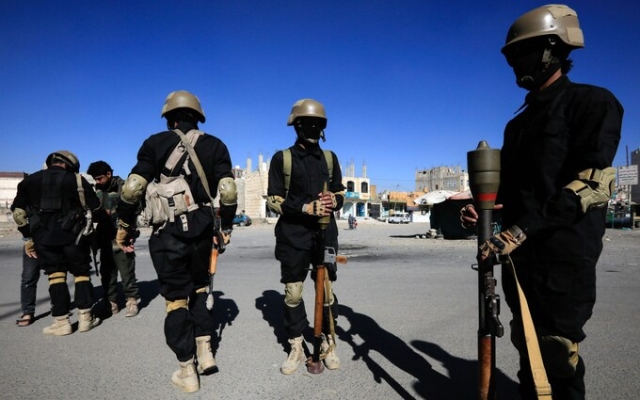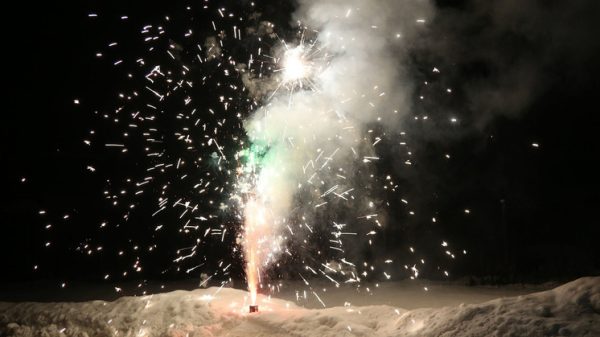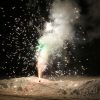 The Houthis are likely prepared for a protracted fight. Photo: EPA
The Houthis are likely prepared for a protracted fight. Photo: EPA
The US and British militaries carried out air strikes on Houthi targets. in Yemen on Thursday night in a huge show of force, but Middle Eastern analysts warn they could face a protracted fight against a determined adversary.
Although the recent escalation of Houthi attacks on commercial shipping in the Red Sea have so far been «vestigial» , a report released this week by London's Royal United Services Institute said «the West may find it difficult to effectively weaken the Houthis' capabilities.»
Ahead of Thursday's strikes, Abdul-Malik al-Houthi, leader of the Iran-backed Houthis, threatened that «any American attack will not go unanswered.»
His brash boast appears to be based on technologically advanced naval forces strike capabilities of the Houthis, who have already been involved in a series of attacks on international merchant ships in the Red Sea to protest Israel's war in the Gaza Strip.
The US military said earlier on Thursday the Houthis carried out their 27th attack on shipping since November 19. The attacks were the first time in history that anti-ship ballistic missiles (ASBMs) were used.
The Houthis have “significant maritime strike capabilities”
On December 30, the Arleigh-Burke-class destroyer USS Gravely was forced to shoot down two anti-ship ballistic missiles when he responded to a distress call from the Maersk Hangzhou.
“From a technical point of view, the anti-missile ballistic missile is an important maritime vehicle. impact ability; The fact that a non-state actor is in possession of these types of weapons and is using them with impunity is a matter of grave concern,” the RUSI report said.
The Houthis have at their disposal a range of missile defense systems, as well as the ability to use drones and unmanned aerial vehicles. kamikaze boats, write the authors of the analysis, Sam Cranny-Evans and Dr. Sidharth Kaushal.
In theory, the most advanced weapon in this arsenal is the Asef anti-missile ballistic missile, which carries a 1,100-pound (500 kg) warhead and has a range of 250 miles (400 km).
It is believed to be based on the Iranian Kalij Fars anti-missile missile and uses an electro-optical homing system to aim at the target.
The truck-launched Al Mandeb 2, which appears to be a replica of the C-802, a Chinese anti-ship missile sold to Iran in the 1990s, is also available to the rebels and has since been used to damage and attack several ships . 2016.
The United States accused Iran of either supplying weapons or assisting the Houthis in their creation.
A real threat is also posed by a fleet of unmanned aerial vehicles (UAVs), which can fly more than 1,500 km with an explosive load, write the authors of RUSI.
They add: “The main strength of the Houthi missile arsenal is experience. The Saudi air force has been striking Yemen since 2015, meaning the Houthis have learned to minimize the damage they cause.”
The rebels have a serious weakness
But the Houthis have their own naval strike capabilities. A «crucial weakness» is their lack of effective targeting infrastructure.
The Iranians are believed to be filling this gap by providing intelligence from the MV Behshad, a surveillance ship, although its capabilities are believed to be limited.
The first strikes on Friday morning reportedly targeted Houthi-controlled targets in Yemen, including weapons depots and drone launch facilities.
Any operation to secure shipping from Houthi forces with a “proximity advantage” would likely require a “disproportionately resource-intensive effort,” RUSI said.
“A Main The challenge facing the Coalition is not the difficulty of intercepting Houthi missiles and UAVs per se, but rather the cost of interception and the disparity between tactical and strategic effectiveness.»
The document adds: «The Houthis are persistent and decisive. adversary, and it is unlikely that they will stop their strikes simply because they are ineffective.”
But the report concludes that the Houthis’ lack of sophistication in selecting targets creates “a manageable threat that can be countered.” with air defenses in the region,» arguing that the most effective course of action would be to attack a limited but valuable set of targets.























































Свежие комментарии